Proven Ways to Prevent Rheumatoid Arthritis Flare-Ups Naturally
Living with rheumatoid arthritis can feel like you’re constantly trying to outsmart your own immune system. It’s not just about managing pain—it’s about anticipating flare-ups before they knock you off your feet. As a Rheumatology nurse practitioner, I’ve walked side by side with hundreds of patients navigating this rollercoaster, and I’ve learned that the best ways to prevent rheumatoid arthritis flare-ups go far beyond just medication. It’s the daily habits, the little tweaks in lifestyle, and even mindset shifts that really make the difference. Let’s dig into the real-world strategies that have helped my patients (and honestly, saved their sanity).
What Exactly Triggers an RA Flare (And Why Knowing This Matters)
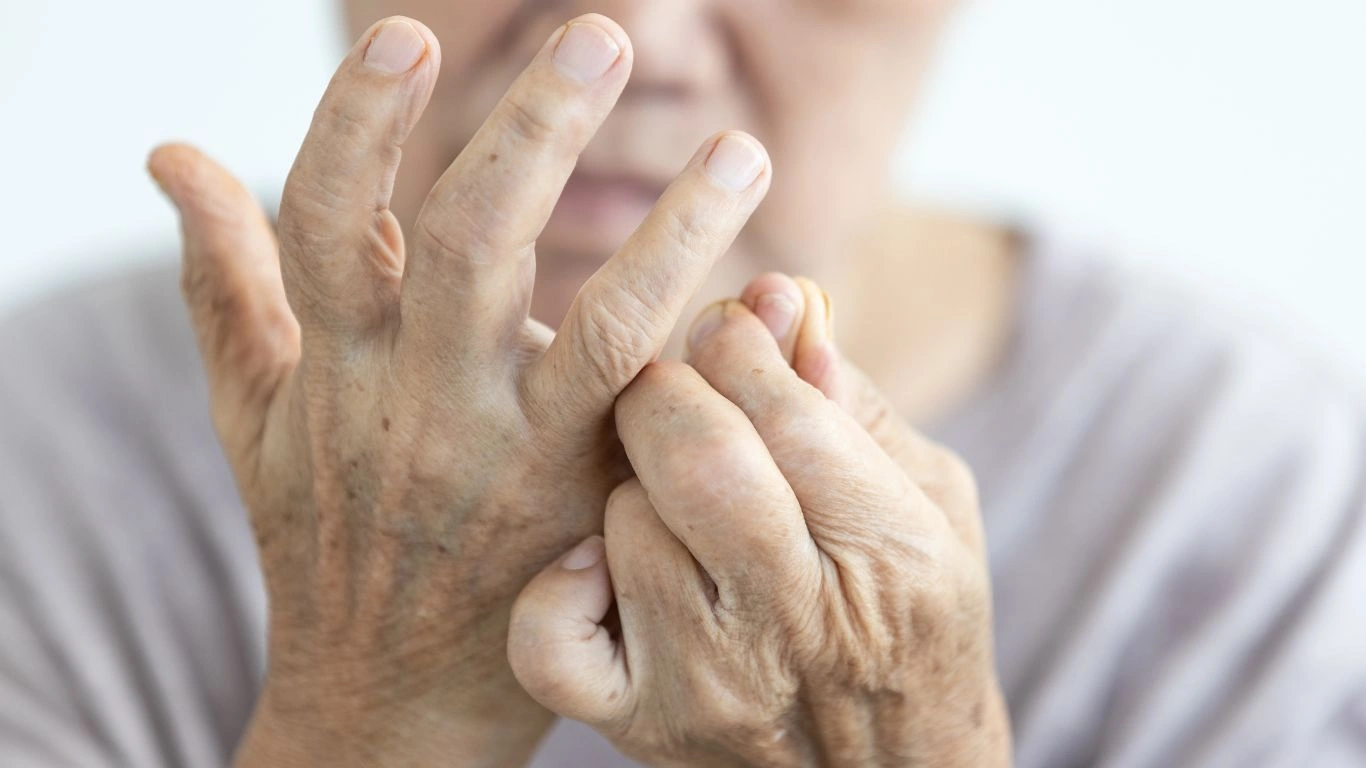
You’d be surprised how many folks think their flare-ups just “happen.” In reality, most have clear triggers—you just need to learn how to spot them. Understanding your body’s personal pattern is half the battle. From what I’ve seen in my clinic, the biggest culprits include:
- Stress: Emotional or physical stress can send the immune system into overdrive.
- Lack of sleep: Poor sleep quality equals higher inflammation. It’s that simple.
- Weather changes: Yes, barometric pressure shifts can make joints cranky. My patients always say they feel like human weather radars.
- Skipping meds: Life gets busy, but missed doses—even here and there—can snowball into a full-blown flare.
- Dietary missteps: Processed foods, too much sugar, or even “healthy” foods that cause individual sensitivities.
I always tell my patients: If you keep a flare journal—even just a few quick notes—you’ll be amazed at the patterns that show up over time.
Best Ways to Prevent Rheumatoid Arthritis Flare-Ups Without Just Relying on Pills
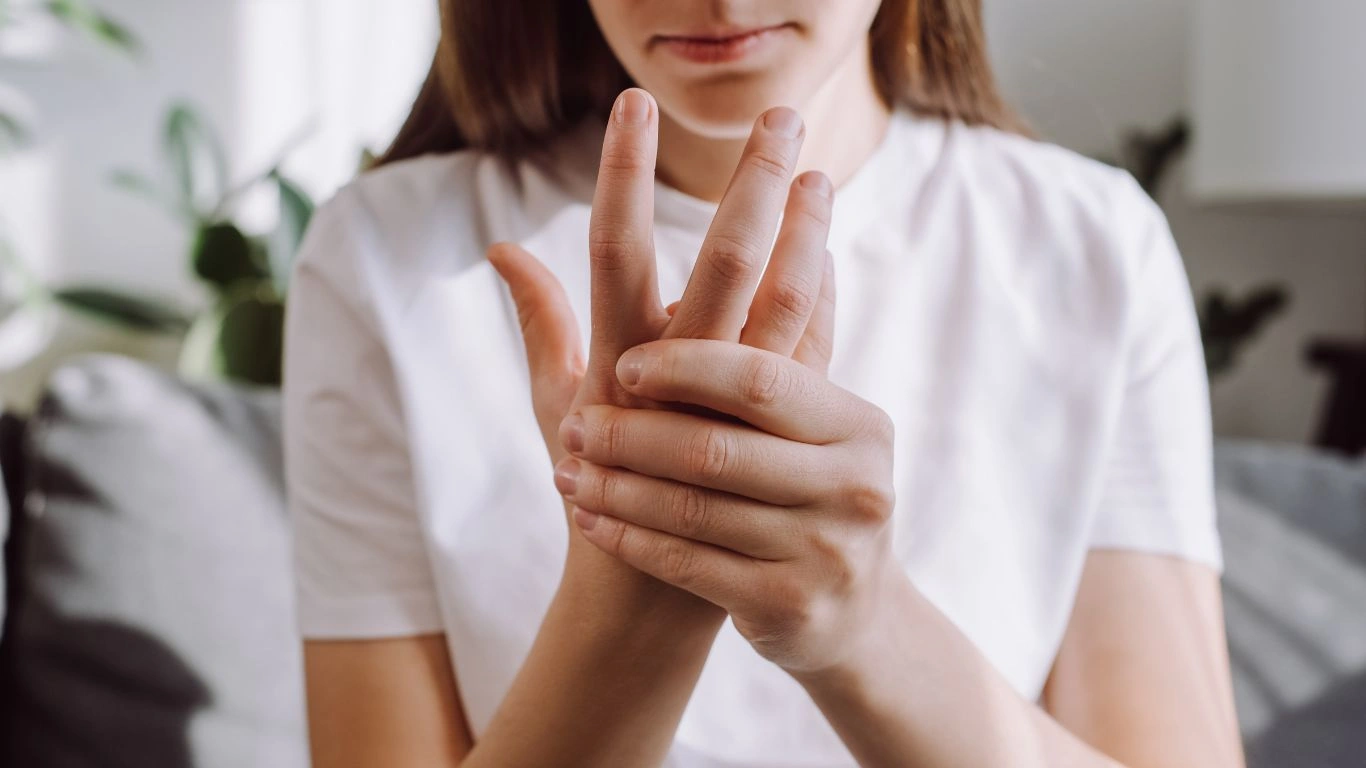
Medications definitely play a critical role in keeping RA under control, but let’s be real—they’re only part of the equation. Over the years, I’ve seen people reduce flare frequency by half (yes, half!) just by dialing in the basics.
1. Build a Consistent Movement Routine
Let’s get one thing straight: we’re not talking about CrossFit here. The goal isn’t to sweat buckets—it’s to keep your joints happy and your muscles supportive. I’m a huge fan of low-impact activities like:
- Yoga: Great for flexibility, balance, and mental focus. Plus, it’s a stress-buster. Win-win.
- Swimming or water aerobics: Buoyancy makes it easier on joints while still giving you resistance.
- Walking: Seriously underrated. Even 20 minutes a day can lower inflammation markers.
I had a patient in her 60s who swore by her “morning stretch and stroll” routine—said it cut her flare-ups from monthly to just a couple times a year.
2. Master Your Stress (So It Doesn’t Master You)
Stress is a huge trigger for RA, and no amount of anti-inflammatories will cancel out a chronically stressed-out nervous system. Here are a few techniques I recommend and personally use when clinic days get crazy:
- Breathwork: Box breathing, 4-7-8 method, or just three deep belly breaths can help reset your system.
- Mindfulness apps: Think Calm, Headspace, Insight Timer—easy tools that don’t require sitting like a monk for hours.
- Nature therapy: A short walk outside or even sitting on your porch can shift your mental state fast.
One of my favorite patients (a busy teacher) started doing 5 minutes of breathing exercises in her car before walking into work. Game-changer, she said.
3. Sleep Hygiene Isn’t Optional—It’s Essential
This is where a lot of people struggle, especially if pain keeps you tossing and turning. But I’ve seen firsthand how powerful good sleep can be in keeping flares away. Here’s what helps most:
- Stick to a schedule: Going to bed and waking up at the same time every day trains your body to rest better.
- Limit screen time before bed: Blue light messes with melatonin production—use night mode or shut it down an hour before sleep.
- Invest in comfort: Supportive pillows, memory foam mattress toppers, or even weighted blankets (if tolerated).
Pro tip: Magnesium glycinate supplements (check with your doc first!) can really help improve sleep quality for people with chronic inflammation.
4. Nutrition Tweaks That Add Up

I always joke with my patients that food isn’t magic—but it’s close. The way we eat has a massive effect on how our immune system behaves. Here are some of the anti-inflammatory diet basics I swear by:
- More omega-3s: Fatty fish like salmon, walnuts, chia seeds. These help calm the immune system.
- Leafy greens and berries: Antioxidants for days. Plus, they’re just plain good for you.
- Cut back on sugar and processed stuff: I’ve seen patients flare just from weekend junk food binges.
One patient started a simple “rainbow rule”—eating 5+ colors a day—and noticed less morning stiffness in just two weeks. Small changes, big wins.
5. Listen to Your Body (Even When It Whispers)
This might sound a little woo-woo, but hear me out. Your body will almost always give you signals before a flare fully kicks in. Maybe it’s extra fatigue, random swelling, or a weird mood shift. Don’t ignore these signs!
Keep track in a journal or an app—whatever works. If you notice those early signs, that’s the moment to go into prevention mode: rest more, hydrate, take meds on time, and avoid stressors like the plague.
Supplements That May Help (But Only When Used Wisely)
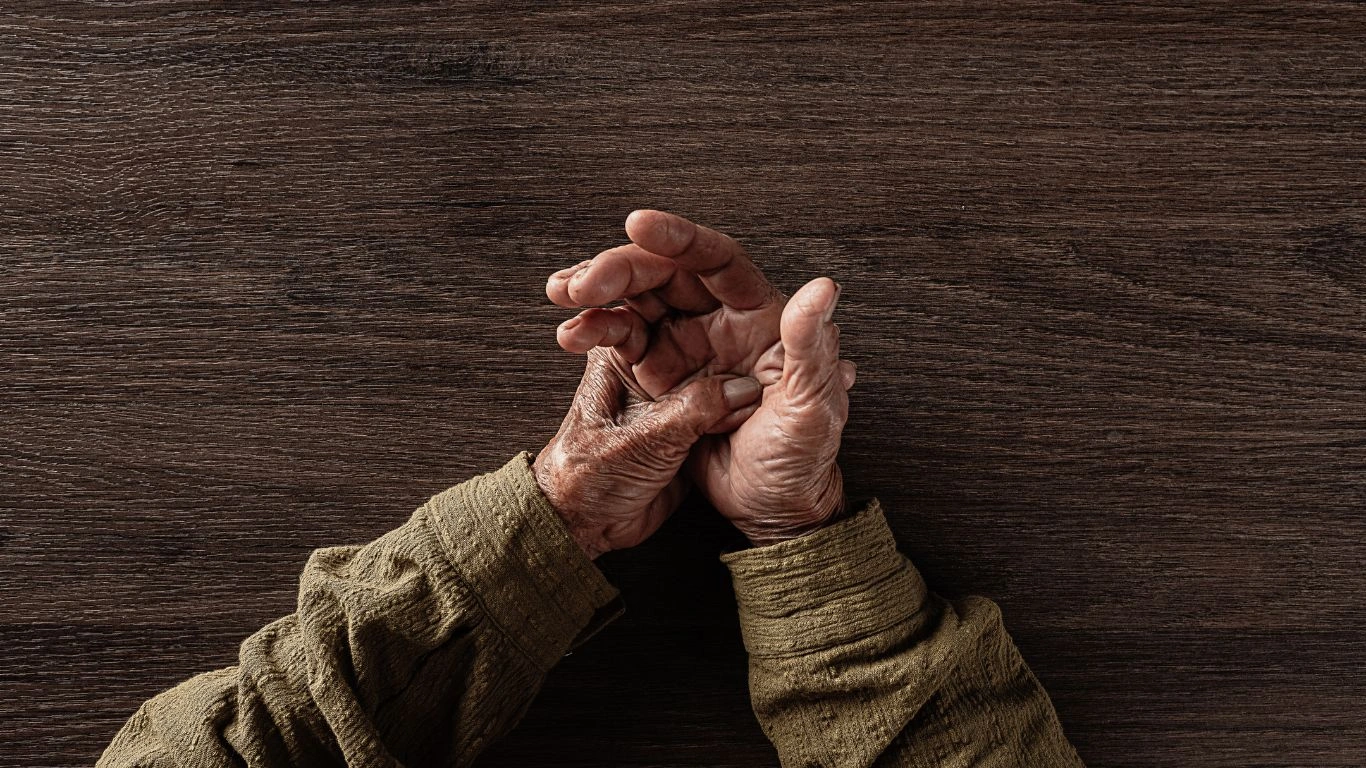
Alright, let’s talk supplements. I get asked this all the time: “Is there a magic pill I can take to stop flare-ups?” Short answer? No magic, but there are a few that can definitely support your efforts—when used smartly and with your rheumatologist’s blessing.
Over the years, I’ve seen these three come up the most often in patient success stories:
- Turmeric/Curcumin: This golden spice packs serious anti-inflammatory punch. Just make sure your supplement includes black pepper extract (piperine) for better absorption.
- Omega-3 fish oil: Not just from diet—many folks need higher doses to see an anti-inflammatory effect. Look for high EPA and DHA content.
- Vitamin D: Many people with RA are deficient, and low D levels have been linked to increased disease activity. A simple blood test can help guide dosing.
One of my patients actually tracked their flares alongside supplement use and noticed fewer bad days after consistently taking turmeric and vitamin D. Again, it’s not a cure—but it’s one more tool in your flare-fighting toolbox.
Don’t Underestimate the Power of Support
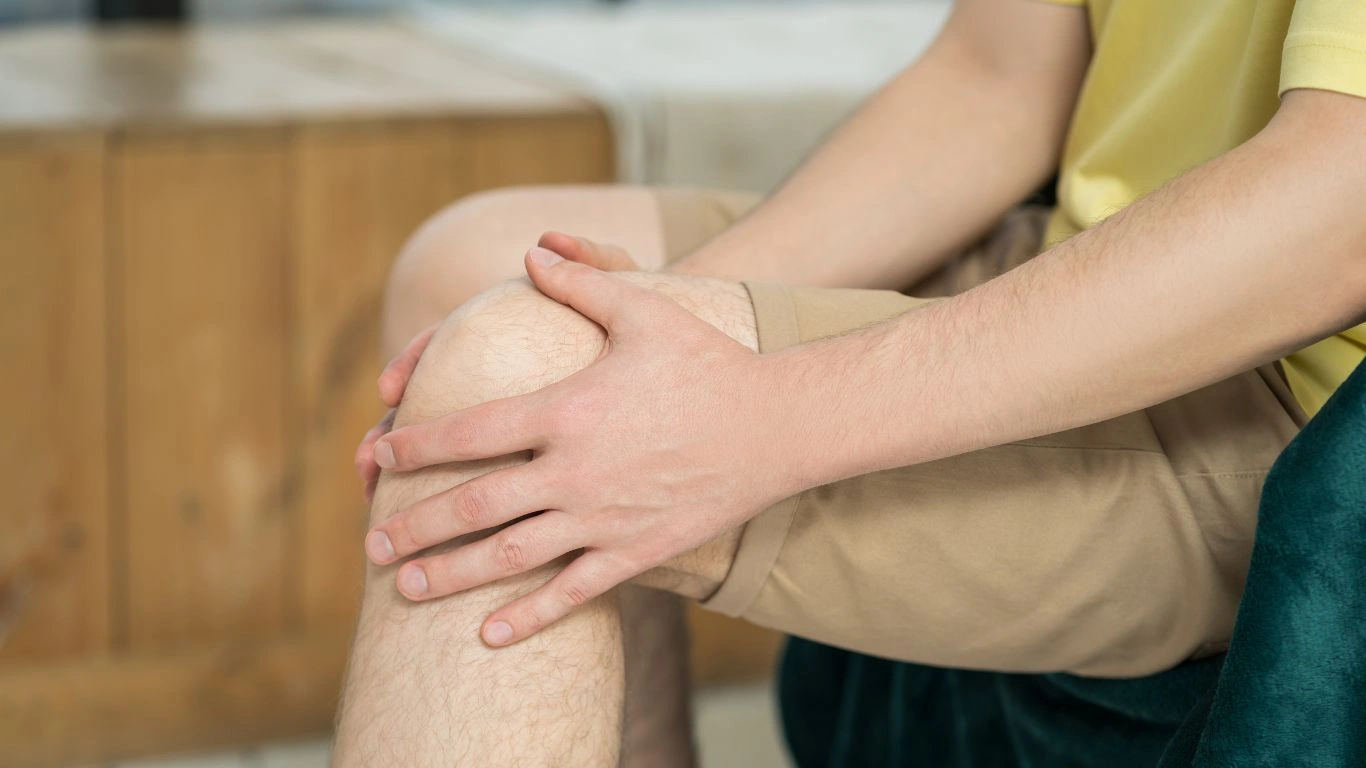
This one might surprise you, but emotional and social support play a much bigger role in preventing rheumatoid arthritis flare-ups than most people realize. Isolation, frustration, and feeling misunderstood can silently raise stress—and we already know where that leads.
I always encourage patients to connect with:
- Local support groups: Talking to others who “get it” can be incredibly validating.
- Online forums: Places like Reddit’s RA community or the CreakyJoints forum offer 24/7 empathy and advice.
- Therapists: Especially those who specialize in chronic illness or pain management.
One young mom I worked with felt completely alone in her diagnosis until she joined a Zoom group of women juggling RA and parenting. That connection helped her emotionally and gave her practical tips—like how to modify baby care tasks to avoid flare-ups.
Creating a Flare-Up Action Plan

Look, flare-ups will happen sometimes. Even with all the right steps, life throws curveballs. But having a flare-up plan in place is like packing an umbrella—it won’t stop the rain, but you’ll stay a lot drier.
Here’s what I recommend building into your personal plan:
- Know your early warning signs: Keep a list in your phone or planner. Fatigue? Stiff fingers? Mood dip?
- Have your “flare toolkit” ready: This might include heating pads, topical creams, braces, or even a comfy chair setup.
- Medication plan: Work with your provider to know what to increase or adjust temporarily when symptoms spike.
- Cancel non-essential plans: Give yourself permission to rest. I tell patients: “Cancel guilt-free. You’re in flare recovery mode.”
- Hydrate and nourish: Eat anti-inflammatory meals, sip on bone broth or herbal teas, and avoid processed foods during a flare.
One patient created a “flare basket” she kept next to her bed—filled with heating pads, turmeric tea, pill organizers, compression gloves, and even a mini notebook for tracking symptoms. She said it gave her a sense of control, even on the worst days.
Track It Like a Pro (Yes, It Really Helps)
If there’s one habit I wish every patient would adopt, it’s tracking. Symptoms, diet, activity, mood, meds, sleep—you don’t have to log every detail forever, but even a few weeks of consistent tracking can reveal goldmine insights.
There are some great tools for this:
- Paper journals: Old school but effective. Simple columns for date, symptoms, food, activity.
- Apps: MyRA, Symple, Flaredown—some even graph patterns and send reminders.
- Voice memos: Not into writing? Just speak your notes into your phone.
One of my patients caught that her flares spiked every time she ate nightshades (like tomatoes and peppers). She never would’ve noticed without tracking—and once she cut them out, she had fewer flares and way less joint swelling.
Keep Checking In With Your Healthcare Team
This might sound obvious, but I’ve had patients who try to tough it out solo for way too long. Rheumatoid arthritis is unpredictable, and your treatment plan needs to evolve with your body. Even if you’re feeling pretty stable, those check-ins can catch silent inflammation before it causes joint damage.
What we often do during follow-ups:
- Check inflammatory markers (like CRP and ESR).
- Adjust medications if flares become more frequent or intense.
- Talk about lifestyle and stress—yep, that’s part of your plan too.
- Review supplements, side effects, and energy levels.
Honestly, I view those appointments like a team huddle. You’re the captain of your own care, and we’re here to back you up with data, strategy, and support.
Adapting Daily Routines for Long-Term Flare-Up Prevention
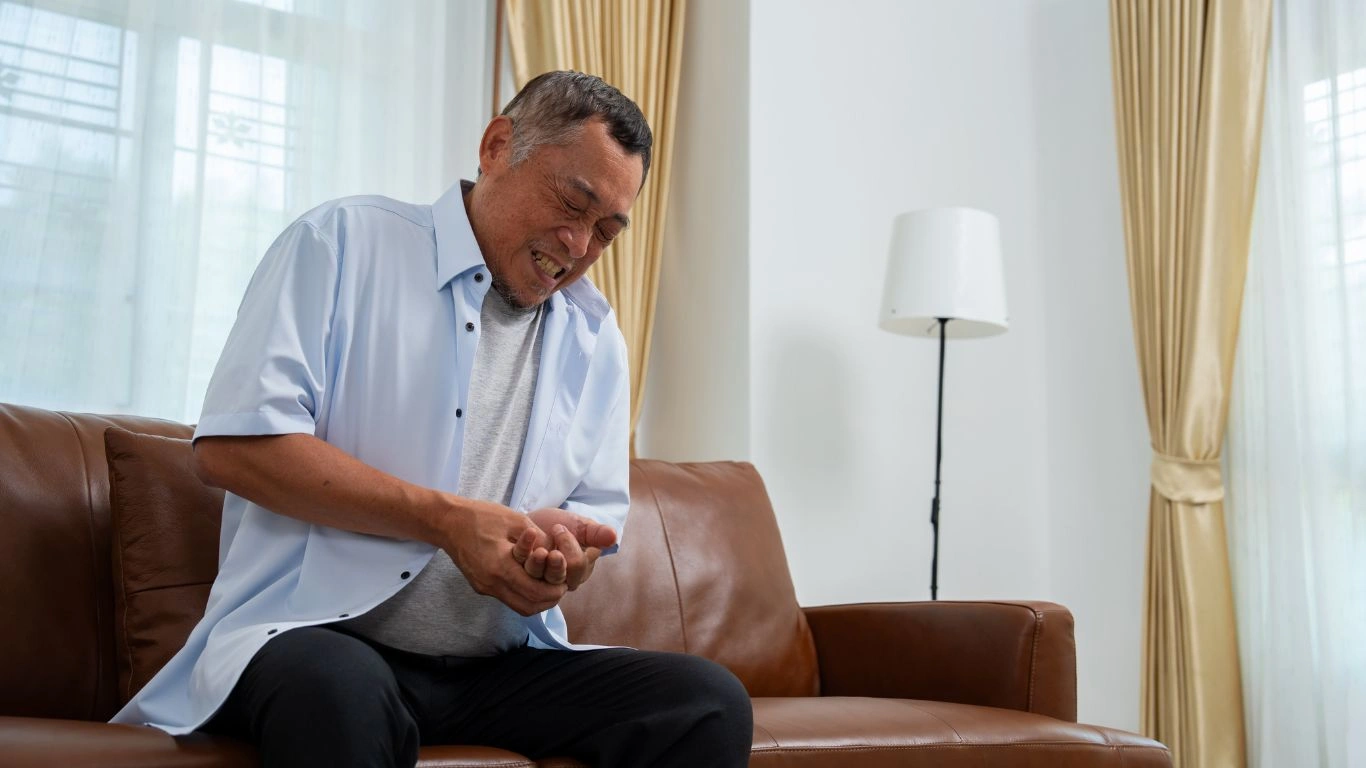
By now, we’ve covered the big players in flare-up prevention, but let’s zoom in on the small stuff—that’s where the magic really happens. I always tell my patients: it’s not about doing one big thing perfectly, it’s about doing lots of little things consistently. Daily routines, the stuff you might think doesn’t matter, often makes the difference between coasting and crashing.
Here are a few daily tweaks that can have a surprisingly big impact on preventing rheumatoid arthritis flare-ups:
- Stretch before getting out of bed: Sounds silly, but gently waking up your joints with a few slow stretches helps reduce stiffness throughout the day.
- Hydration goals: I encourage my patients to keep a water bottle handy at all times—hydrated joints are happier joints.
- Meal planning: Not about being a chef—just making sure anti-inflammatory options are easy to grab during busy days.
- Breaks built into your day: Especially if you work at a desk or stand for long periods. Set alarms to stretch, move, or elevate your feet.
One patient of mine set her smartwatch to buzz every 90 minutes as a reminder to stretch and check in with how her joints were feeling. After a few weeks, she reported feeling less stiff and way more in control of her symptoms.
Traveling With RA? Here’s How to Do It Without Flare-Ups
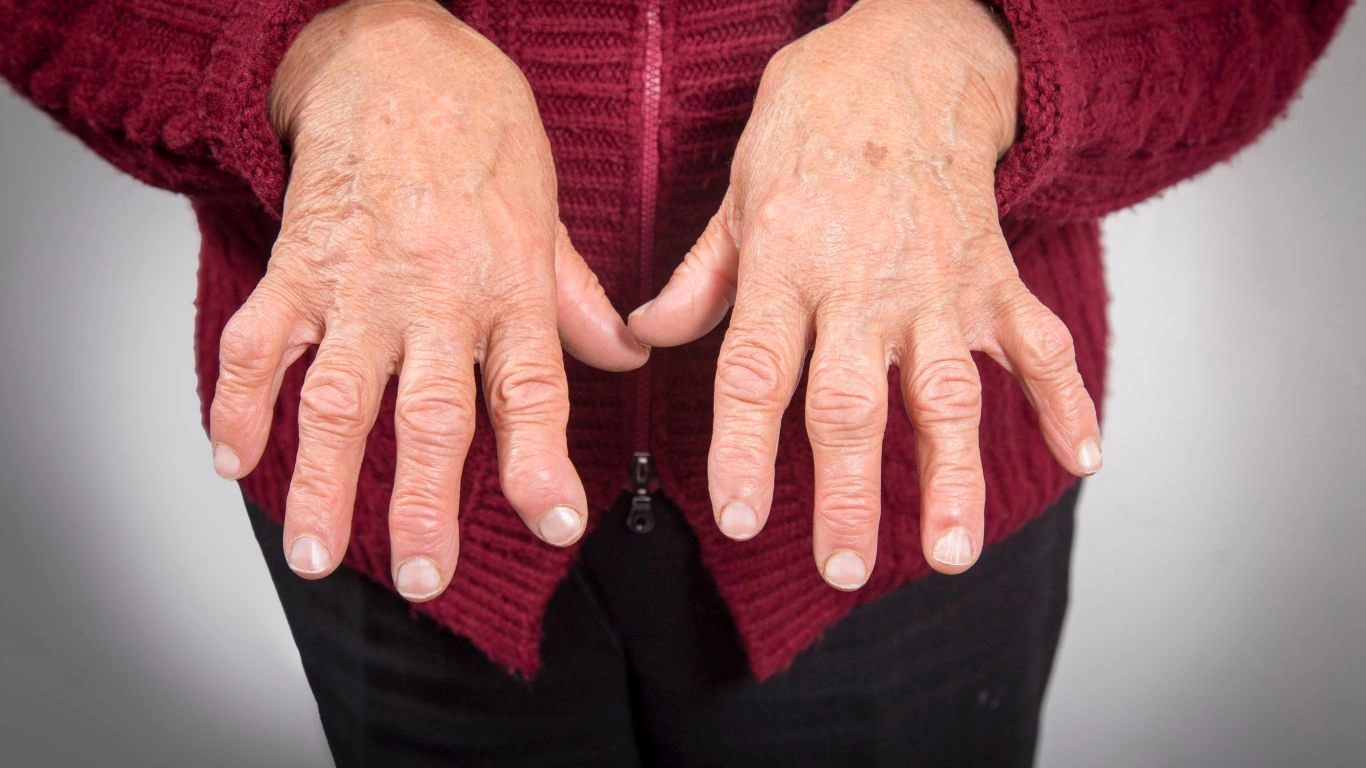
I know travel can feel intimidating when you’re living with RA. You’re away from your routines, your bed, your meds—it can throw your system into chaos if you’re not prepared. But with a bit of forethought, you absolutely can travel without triggering a flare.
Here’s how I help my patients plan travel without derailing their progress:
1. Prep Your Meds Ahead of Time
- Pack extra doses: Always carry a few extra days’ worth of meds, just in case of travel delays.
- Use a pill organizer: It makes dosing stress-free, especially across time zones.
- Keep meds in your carry-on: Luggage gets lost—don’t let your treatment plan get lost with it.
2. Choose Joint-Friendly Activities
- Mix in rest days with your sightseeing.
- Skip high-impact excursions and look for scenic train rides, gentle hikes, or cultural activities that allow breaks.
- Bring your joint supports, braces, and comfy shoes—even if they’re not Instagram-cute.
I had a patient visit Italy last year and text me from Rome: “Did everything you said. Pacing + compression gloves = no flare and still ate all the pasta.” Honestly, that text made my month.
3. Listen to Your Limits (Even When It’s Hard)
This one’s the toughest for many folks, especially when traveling with others. But you have to be your own advocate. Say no when you need to. Take breaks, sit down when needed, and skip activities without guilt. The people who love you will understand—and if they don’t, that’s on them.
When to Ask for Help (And Why It’s Not a Sign of Weakness)
Rheumatoid arthritis is one of those conditions that can be invisible until it isn’t. Just because you “look fine” doesn’t mean you are. And some days, you really do need help—and that’s okay.
Things I encourage patients to ask for help with:
- Housework: Lifting laundry baskets or scrubbing floors can set off a flare fast.
- Childcare or errands: Especially during bad flare days—let someone else pick up the slack.
- Workplace accommodations: Ergonomic chairs, standing desks, voice-to-text software—it all adds up.
I once had a patient, a teacher, who felt so guilty about asking for accommodations. After she got a classroom aide and a stool at her whiteboard, her flares dropped by half. Asking for help gave her energy to actually enjoy her job again.
References
Disclaimer
This article is for informational purposes only and does not constitute medical advice. Always consult with a qualified healthcare professional or your rheumatologist before making changes to your treatment plan, supplements, or lifestyle routines related to rheumatoid arthritis.

Tarra Nugroho is a dedicated Nurse Practitioner with a strong foundation in family and preventive care. She brings both compassion and clinical expertise to her practice, focusing on patient-centered care and health education. As a contributor to Healthusias.com, Tarra translates medical knowledge into clear, empowering articles on topics like women’s health, chronic disease management, and lifestyle medicine. Her mission is simple: help people feel seen, heard, and informed—both in the clinic and through the content she creates. When she’s not caring for patients, Tarra enjoys weekend hikes, plant-based cooking, and curling up with a good health podcast.






